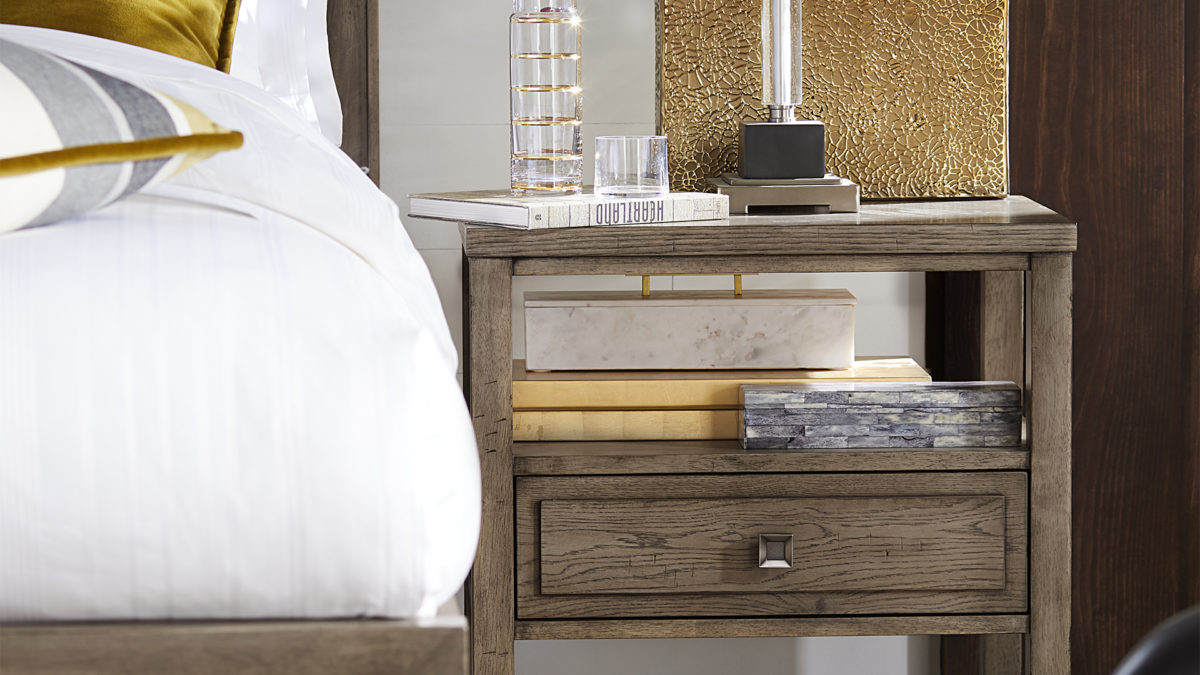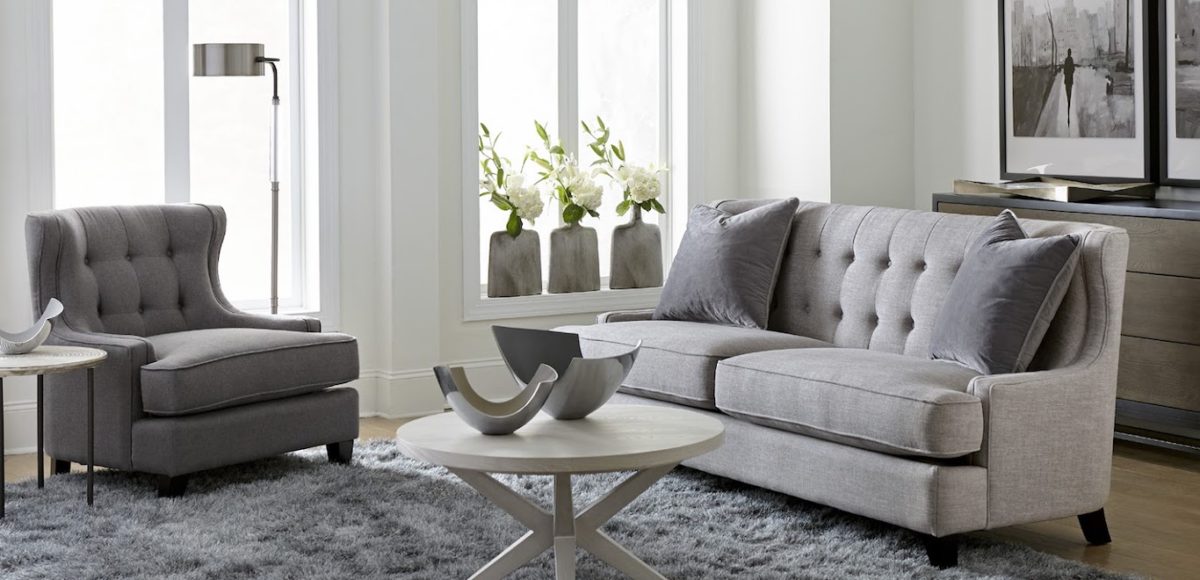Mattresses have dramatically changed during the past few years, and it seems like the mattress industry has gone wild with an array of new styles, from cooling gel foams to customized settings on adjustable smart beds.
“As with any product, companies are going to tout the bells and whistles,” says Mary Helen Rogers from the Better Sleep Council. “Think about the auto industry. Do we really understand what all-wheel, anti-lock, high-performance braking systems do? No, but we must have it because it makes our experience a lot better.” It’s a matter of understanding the basics while wading through the marketing jargon to make the best choice.
“It can seem confusing when you hear about the comfort layers that are inside a bed, but each has a specific property, and they can feel dramatically different to the sleeper,” says Rogers. “This is where research and conversations with the salesperson are important.” She suggests asking a salesperson to show you an illustration or cutaway of the interior of various mattresses so you can see how they’re made and understand the differences.
Before shopping, take a look at this quick-and-easy break down of the three primary mattress categories (excluding sofa beds) to help eliminate confusion and put you on track for a great night’s sleep.
Innerspring: Classic Technology
Almost half of all mattresses sold are classic innerspring models, according to Consumer Reports Magazine. Innerspring mattresses are further divided into two categories. Traditional interwoven steel coil innersprings give you superior support, while individually wrapped steel coil springs conform better to your body and eliminate some motion transfer.
It’s easy to change positions on either type of innerspring mattress because of the inherent bounce. Coil construction counts when it comes to comfort and durability, which means it’s important to learn about the different types of coils and the and the advantages and disadvantages of each.
Specialty: No Innersprings
Specialty mattresses are made of layers of supportive foam that responds to the heat and weight of your body to conform to your shape. These non-innerspring mattresses relieve pressure points you may normally feel when sleeping on an innerspring mattress. Memory foam isolates movement, and changing positions is sometimes harder because you sink into the mattress. Manufacturers also infuse foam with tiny gel beads to reduce surface temperature. As with innerspring coils, the type of foam also counts when it comes to comfort.
Adjustable air mattresses — not to be confused with blow-up mattresses designed for temporary use — are made with air bladders surrounded by foam. You can customize each side of the bed using a remote control, giving you and your partner the ability to create separate sleeping conditions.
Latex is another type of innerspring-free mattress. Natural latex mattresses are crafted from materials processed from rubber trees, but less expensive synthetic latex mattresses are also available. These mattresses can be firm, but they are more buoyant than foam.
Hybrid: Best of Both Worlds
To experience the best of innerspring technology combined with foam or air mattress technology, choose a hybrid mattress. These mattresses offer the classic support of individually wrapped innerspring coils surrounded by high density foam and topped with the pressure point relief of gel-infused memory foam or air bladders.
“Innerspring and air beds will also have comfort layers sewn into the top layers, and it might be micro-coils, latex, gel-infused memory foam, foam with special shapes, or even scented foams,” says Rogers about hybrids.
More About Mattress Hype
Frank Apodaca edits The Sleep Judge, a site that test runs every type of mattress on the market, making him very tuned in to the hype. “There are definitely some companies that present their unique features better than others and know how to market,” he says. “When it comes to promoting cooling materials, lifetime warranties that don’t pan out, or green and natural mattresses, there is a lot of marketing that goes into those areas.”
Apodaca strongly recommends learning about the different mattress types to understand which innerspring coils isolate motion, which foams are better quality, and which ones last longer without developing indentations. If you’re still confused, review Apodaca’s in-depth mattress buying guides.
Rogers also suggests taking BSC’s interactive The Better Bed Quizzz, which quickly gathers customized information to help you shop. Get out there and test beds, and remember this rule of thumb: If the mattress feels good after 15 minutes, it’s probably right for you. If you want to try out a mattress before buying, consider renting a top-of-the-line mattress first. Furniture rental companies like CORT Furniture Rental make it easy to test any size pillow-top, coil, or memory foam mattress before investing.





